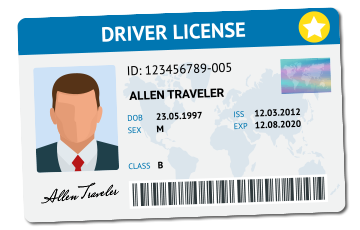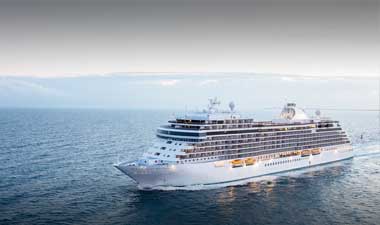You're planning an overseas trip and hoping to bring your phone, laptop, hairdryer ... however, because there is no standardized international electric voltage, you can't simply plug your devices in. Fortunately, with some simple preparation you can bring your electronics and/or appliances along. Here's an overview of what you should know about electricity conversion when traveling:
- Adapter plug:- When you've determined what type of electric sockets your destination country(s) has (www.worldstandards.eu/electricity.htm is a useful resource) you attach the appropriate adapter plug to any electric or electronic device you will use. Important note:- These plugs do not convert voltage; they simply enable the device's plug to fit the socket.
- Multi- and dual-voltage devices:- Designed to operate at the U.S. voltage range of 100-120 as well as the 220-240 voltage found in many foreign countries, these devices only require you to attach the correct plug adapter before plugging them in during your travels. Most modern electronics - laptops, e-readers, smartphones, iPods, cameras, etc. - are multi-voltage, meaning that they automatically adjust to the different voltage; their labels will read "100V-240V." Many travel-friendly electrical appliances - hair dryers, steam irons, hair irons, electric toothbrushes, etc. - are also either multi-voltage or dual-voltage. The latter require you to manually switch the device to 220V for international use; their labels will read "120/240V." Please note:- Not switching a dual-voltage device to the proper voltage before you use it can result in damage to it.
- Single-voltage devices:- Older electric appliances such as hair dryers and hair irons are typically single-voltage:- operable only on the U.S. 110-120 voltage. If the appliance's label says "120V," you'll need a converter to use it in countries with 220-240 voltage. Converter:- A converter "steps up" the voltage of your single-voltage electric appliance to make it compatible with the higher voltage overseas. You will need to check your appliance's label for the voltage and the wattage (written "watts" or "W") in order to choose the right converter.
If you have more specific questions, check with the manufacturer of the device(s) you want to use. We hope these tips help to make your travel experience an enjoyable one.
News & Blog Categories
Trending Posts
Recent Posts
Featured Posts
![]()
Travel Insurance with AIG Travel Guard
We have plans. Lots of them. Why? So you can easily find the one that fits. And with our plans, it’s not just about coverage. It’s about unique services. Lost your bag? We can help track it with Bag Trak®. Or we can cover your losses if it isn’t found. It’s simple. We have the coverage options and assistance services you want for your globetrotting travels. Read More
Travel Restrictions by Sherpa What to know

Future Cruise Credits What to know
If you are holding on tight to your Future Cruise Credits (FCCs) waiting for the perfect time and itinerary to put them back in use, many of them expire soon! Now is a great time to check the status of your FCC with an All-Travel Travel Advisor. Read More

Real ID Deadline Extension
Starting on May 3, 2023 travelers who elect to use a state-issued driver’s license at Transportation Security Administration (TSA) airport checkpoints must ensure that they are Real ID-compliant, which is designated by a star in a circle in the upper right corner of the license. Read More











